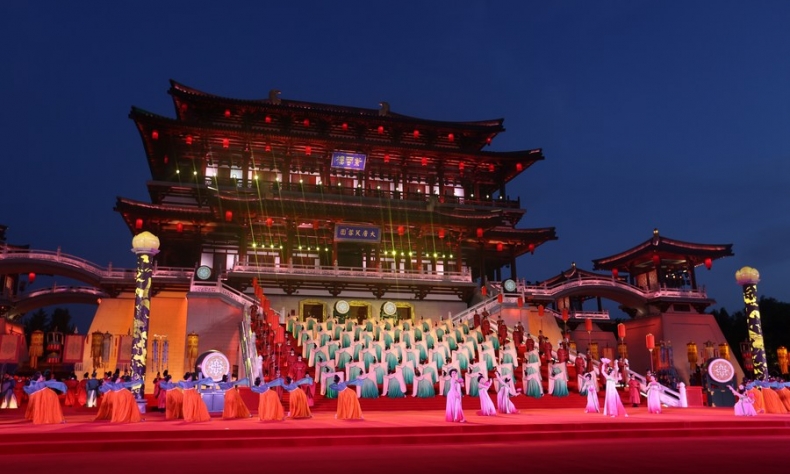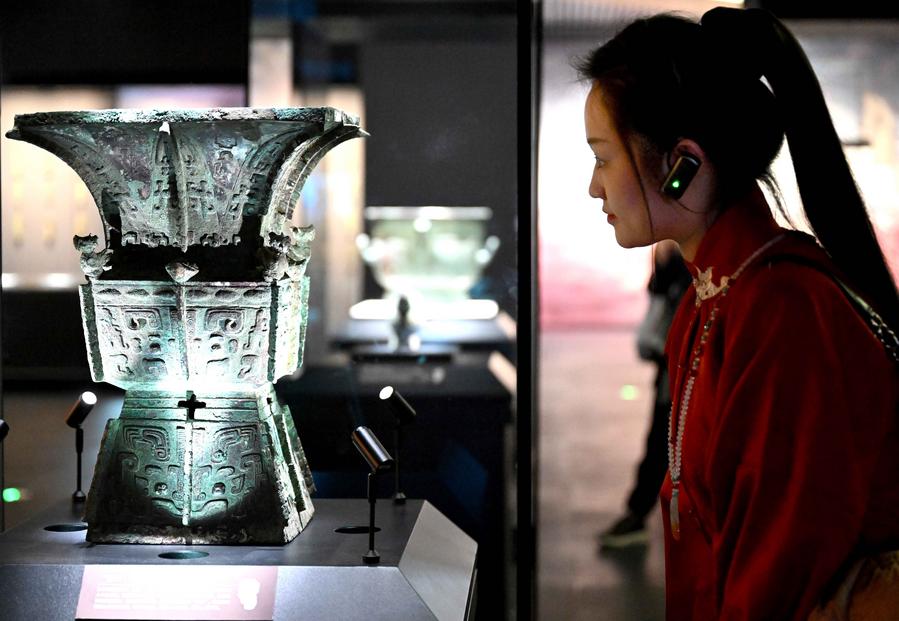Global Civilization Initiative: The Right Side of History

Civilizations vary in characteristics and advantages, but they are not the superior nor the inferior.
The Chinese cultural tradition has had a broad vocation for openness and inclusion, as a Confucian proverb says “some friends come from far away and are happy”, alluding to the deep spirit of hospitality, inclusion, and respect for tolerance of Chinese society.
In March 2023, the Communist Party of China (CPC) in Dialogue with World Political Parties High-level Meeting was held via video link. This activity brought together leaders of political parties from different corners of the globe, concerned about international challenges and the future of humanity. President Xi Jinping participated in the activity and on March 15 presented to the world the Global Civilization Initiative (GCI), a proposal by China for the world that is complemented by the Global Development Initiative and the Global Security Initiative, released in 2021 and 2022, respectively.
The Global Civilization Initiative calls for exchanges and mutual learning between different civilizations to continue building a shared future for humanity.
This search to revalue cultures and recover the wisdom of each civilization is totally in line with the consolidation of a multipolar world and is deeply linked to supporting the search for a path of its own towards modernization and the development of peoples, in contrast to the historical colonialist and neocolonialist models of development that are based on cultural imposition and disrespect for the traditions of others.
In focusing on the modernization of humanity, it is essential for China to recognize that cultural, religious, and social differences should not be a source of division, but rather, a source of mutual enrichment. Tolerance invites us to embrace diversity and to transcend prejudices that can limit the perception of others.
The Global Civilization Initiative identifies features of China’s millennia-old culture, for example, Shangshu (Esteemed Documents), written in the late Warring States period (475-221 BC), which describes harmony as: “[King] Yao kept his clans close and in harmony by promoting his own intelligence and virtues, distinguishing between the good and bad of the leaders of his clan, as well as uniting and harmonizing the myriad states, which thus transformed all people and resulted in great harmony under heaven.” Confucian harmony involves the willingness to select some things and not others, to differentiate and not treat everything in the same way, regardless of virtue and skill.

Zhouli (Rites of the Zhou), an established work of Confucianism on Western Zhou bureaucracy and organizational theory emphasizes how it is through the constitution of customs (li) that states are harmonized, authorities agree, and peoples unite in concord. Harmony is imposed by rules of proper conduct, which help to keep society and the sky in balance. This idea is also prominent in Liji (Book of Rites), a compilation of texts from the Warring States period and early Han Dynasty (202 BC), which presents the Zhou Dynasty as a golden age, a state of great harmony under the sky.
According to Mencius (372-289 BC) – a prominent Confucian thinker – an ideal social state of harmony is one called to care for one’s parents and then extend the same attention to other older people in general; to love one’s own children and then to extend the same love to other children in general; in favor of Jianxiangai (impartial mutual care) and Shangtong (exalting unity). All those ancient wisdom and ways of thinking have been helpful for the Global Civilization Initiative in which harmony lies in extending absolute care to all, equally.
A vision in line with China in the new era, oriented towards the modernization and rejuvenation of the nation. The Tao (the way) is the way things are and the direction in which the universe flows in the absence of deviant behavior, therefore, the right side of history, the right side of development is tolerance, respect and dialogue, as opposed to the imposition of force and the voices of hatred sheltered in a path without destination. The path of hegemony.
The spirit of the Silk Road, expounded as peaceful cooperation, openness and inclusiveness, reciprocal learning and win-win mutual benefit, continue to be present in China’s efforts in the new era in its various global initiatives.
The future of all countries is closely connected, which is why China insists on harmony; The beauty of civilization lies in its diversity along with its equality; that the meaning of civilization consists in the commonality of searches despite their different forms; that the path of civilization lies in respecting and learning from each other to achieve a common prosperity.
Civilizations vary in characteristics and advantages, but they are not the superior nor the inferior. Because the process of modernization and civilization development go hand in hand, each country’s exploration along the path of modernization is always rooted in the soil of its own civilization.
The Global Civilizations Initiative advocates mutual respect for each other’s historical trajectories, national conditions, and development paths, and for having an open mind to appreciate the perceptions of values of different civilizations. It invites us to recognize the importance of cultural exchanges overcoming distance, mutual learning overcoming confrontation and coexistence transcending feelings of superiority, in this path lies creativity, innovation and shared growth.
The author is Director, PhD in Public and Business Management, Central American Institute of Public Administration (ICAP/SICA), and Researcher of Center for Historical Research of Central America, University of Costa Rica.
The article reflects the author’s opinions, and not necessarily the views of China Focus.
 Facebook
Facebook
 Twitter
Twitter
 Linkedin
Linkedin
 Google +
Google +










